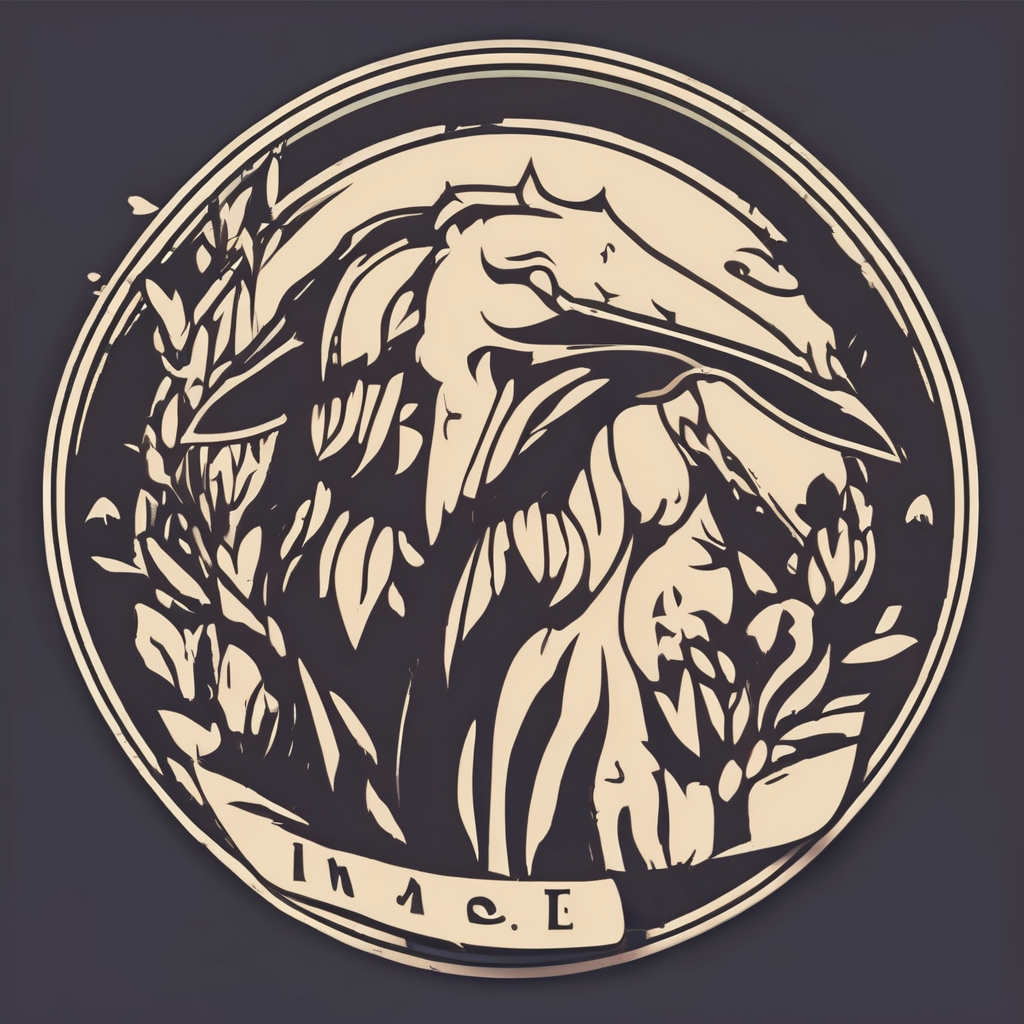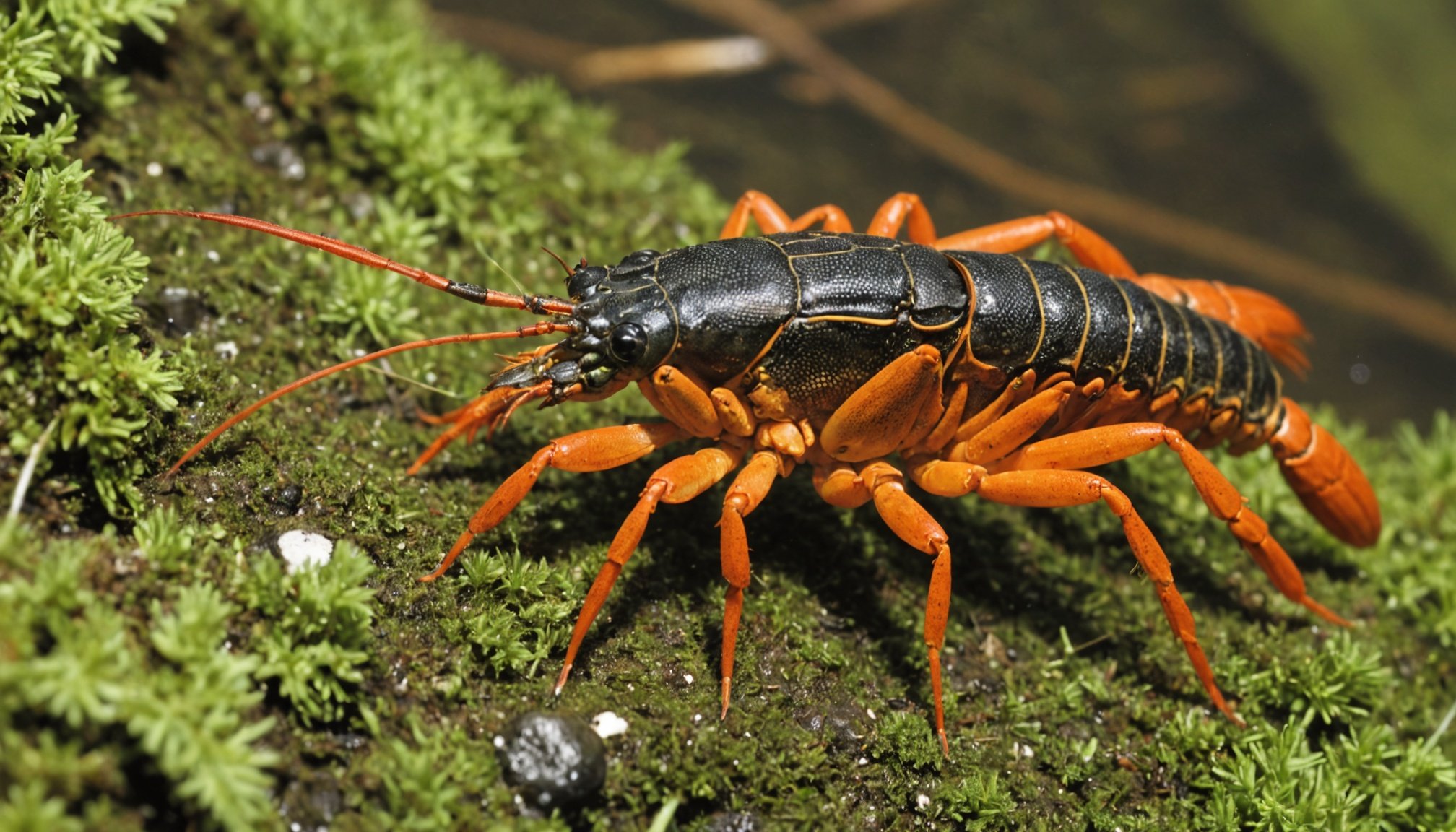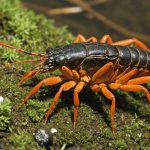Understanding the Importance of White-Clawed Crayfish Conservation
The white-clawed crayfish (Austropotamobius pallipes) plays a vital role in the ecosystems it inhabits. Found primarily in clean, well-oxygenated water bodies, these crayfish contribute significantly to aquatic biodiversity by acting as both prey and predator. They help maintain a balance in aquatic ecosystems, demonstrating a clear ecological significance.
However, the species faces alarming threats leading to a marked species decline. Factors contributing to this include habitat destruction, water pollution, and the introduction of invasive species like the signal crayfish, which outcompetes the native populations. Such pressures emphasize the urgent need for comprehensive conservation efforts.
This might interest you : Innovative Methods Employed by UK Scientists for the Rehabilitation of Marine Wildlife Affected by Oil Spills
Protecting the white-clawed crayfish is not only about preserving a single species but ensuring broader ecosystem health and resilience. Every species lost diminishes the complexity and functionality of ecosystems, impacting everything from nutrient cycling to water quality.
Conservation strategies should focus on habitat restoration, controlling invasive species, and maintaining high water quality. Such efforts are crucial for preserving the expression and function of aquatic biodiversity, highlighting the necessity of proactive intervention to safeguard these ecological treasures.
Also to discover : Join the movement: how uk citizens can play a vital role in protecting local seal populations
Community Engagement and Volunteering Opportunities
Community involvement in conservation is essential for the protection of the white-clawed crayfish, a species threatened by habitat loss and invasive species. Across the UK, numerous volunteer programs allow citizens to contribute actively to safeguarding these creatures.
One prominent organization dedicated to this mission is The Wildlife Trusts, which offers volunteer programs focused on habitat restoration and monitoring nationwide. Similarly, local initiatives like the Crayfish Conservation Project provide opportunities for individuals to participate in river clean-ups and species monitoring. By engaging with these programs, volunteers play a crucial role in preserving the delicate ecosystems that white-clawed crayfish depend on.
Volunteering not only aids these local initiatives but also benefits participants by fostering a deeper connection with nature. It provides a sense of accomplishment and community bonding while enhancing environmental awareness. These experiences promote a shared responsibility for conservation, inspiring others to join the cause.
To join such efforts, interested individuals can visit the websites of local environmental organizations or contact community involvement coordinators. By taking part in these initiatives, volunteers contribute significantly to the survival of the white-clawed crayfish and the ecosystems they inhabit, ensuring a more sustainable future.
Advocacy and Policy Engagement
Delving into advocacy strategies to promote policy change in the realm of environmental protection can significantly impact conservation efforts. Engaging with local and national policymakers involves a proactive approach. Building relationships with policy makers is foundational. Attending public forums and participating in community events fosters direct communication avenues. Sharing evidence-based research and environmental protection success stories can highlight the value of proposed policies.
Advocacy strategies vary, but effective campaigns often share common techniques. Collaboration with like-minded organisations amplifies voices and resources, forming a unified front. Leveraging social media platforms is crucial in today’s digital landscape to reach a broader audience and galvanise support. Public petitions and awareness campaigns can also draw attention to urgent issues and sway policymaker opinions.
Public policies play a pivotal role in protecting vulnerable species. Well-crafted legislation can impose restrictions that mitigate threats to biodiversity. These policies often create conservation zones, regulate hunting, and limit habitat destruction. Additionally, they encourage sustainable practices that align with long-term conservation objectives. Engaging in policy advocacy ensures that the needs of all stakeholders, including the vulnerable species, are considered and that environmental protection remains a priority on political agendas.
Educational Resources and Awareness
Creating comprehensive educational initiatives can significantly impact conservation efforts for the white-clawed crayfish. With robust resources for citizens, everyone has the opportunity to learn more about these creatures and their ecological importance.
Recommended Resources
A variety of resources are available for those interested in expanding their understanding of the white-clawed crayfish. Environmental organizations often host workshops and seminars designed to disseminate knowledge. Online platforms and local libraries provide access to materials such as interactive guides, fact sheets, and scientific papers that cover the crayfish’s habitat, behaviour, and threats they face.
Importance of Conservation Education
Educating others about the importance of conservation ensures the long-term survival of the white-clawed crayfish. Knowledge enhances conservation awareness, encouraging people to engage actively in preservation activities. It empowers citizens to become advocates within their communities by fostering a deeper appreciation for biodiversity.
Promoting Awareness Locally
Raising conservation awareness can be achieved through community events such as river clean-ups and educational walks. Schools play a crucial role by incorporating conservation topics into their curricula, and social media campaigns also offer an effective way to reach a broader audience, sparking interest and concern. By fostering local engagement, communities stand to make substantial contributions towards conserving these vital species.
Success Stories and Case Studies
Exploring remarkable conservation success stories in the UK reveals inspiring results for biodiversity and community engagement. An example is the Large Blue butterfly project in Somerset, which has seen this rare species flourish after being reintroduced to restored habitats. This project demonstrates a positive impact by showcasing how carefully planned interventions can revive endangered species. Such achievements offer valuable case studies that can guide future conservation strategies.
Additionally, the rewilding of Knepp Estate highlights a transformation from intensive farming to a nature reserve bustling with wildlife diversity. The presence of rare species like nightingales and purple emperor butterflies exemplifies the environmental benefits of rewilding. This case study suggests that allowing nature to take the lead can achieve significant ecological outcomes.
These success stories have broader implications for conservation efforts. They illustrate how community involvement, scientific research, and innovative approaches can drive change. Encouragingly, these positive outcomes fuel optimism and demonstrate effective strategies for conservationists worldwide. They remind us that perseverance and collaboration can lead to thriving ecosystems, benefitting both wildlife and humans. Efforts like these emphasize the potential for success when conservation is prioritized, offering hope and strategies for a sustainable future.
Taking Action: Simple Steps for Individuals
Empowerment begins with individual actions. Simple, practical steps can significantly impact our planet’s well-being. Start by assessing everyday habits. Consciously reduce water usage by turning off taps while brushing teeth or fixing leaks promptly. These small gestures conserve vital resources and protect aquatic ecosystems. Opting for eco-friendly products also makes a difference. Choose biodegradable household cleaners to reduce chemical runoff into waterways.
Engaging in grassroots movements amplifies these efforts, fostering community-driven change. Organize clean-up events for local rivers or beaches to protect marine life and habitats. Through collaboration, these actions ripple outward, encouraging broader participation.
Consider starting or joining local conservation groups. These communities promote awareness and provide education on sustainable practices. Participation helps diffuse crucial knowledge and nurture a culture of conservation. Informed individuals become advocates, influencing societal attitudes towards environmental stewardship.
Gather friends and neighbors for imaginative, eco-themed activities. Host “zero waste” challenges or clothes swaps to minimize waste and promote sustainability. By making conservation engaging, participants are more likely to adopt greener habits regularly.
Every action, no matter how small, adds up. By concentrating individual efforts with thoughtful, collective initiatives, we can create lasting change for our planet’s future.











